A light diffuser panel is a device used to diffuse or spread out light. It is commonly used in photography, videography, and lighting design to soften harsh or direct light sources. A light diffuser panel is typically made of a translucent material, such as acrylic or polycarbonate. When light passes through the panel, it is refracted by the irregularities and textures in the material. This causes the light to scatter rather than pass through in a direct beam. The scattered light is then spread out across the surface, creating a more even distribution of light.
Types of Light Diffuser Panels
Some of the most common types of light diffusion panels are acrylic, polycarbonate, glass, fabric, and prismatic panels. Acrylic light diffusers are made of lightweight and durable plastic material that is easy to shape and cut to size. Polycarbonate light diffuser panels are similar to acrylic diffuser panels, but they are stronger and more impact-resistant. They are also heat-resistant, making them ideal for use in outdoor lighting fixtures.
Glass light diffuser panels are another classic choice for light fixtures. They can withstand high temperatures and provide excellent light diffusion in both residential and commercial applications. Fabric light diffuser panels, by comparison, are made of various fabrics that are stretched over a frame. They are perfect for use in decorative lighting fixtures and can provide a soft and warm ambiance in any space. Finally, prismatic light diffuser panels are made of plastic material with a prism-like texture that refracts the light and spreads it evenly. They are commonly used in commercial applications such as offices, hospitals, and schools.
Tips for Using a Light Diffuser Panel
A light diffuser sheet is a useful tool to help content creators and interior decorators achieve a softer, more even light on their subjects. Here are some helpful tips for using a light diffuser panel. First, the position of the diffuser panel is important when using it to diffuse light. It should be placed between the light source and the subject to soften the light and reduce harsh shadows. Next, the size of the light strip diffuser will determine the area of coverage. A larger panel will diffuse light over a larger area, while a smaller panel will provide more focused diffusion.
Another important thing to remember is that light diffuser panels are available in different materials, including fabric, plastic, and silk. Each material will provide a different level of diffusion, so it's important to choose the right one for the desired effect. The angle at which the light diffuser panel is positioned can also affect the quality of the light. Experiment with different angles to find the best position for each subject. Furthermore, the distance between the light diffuser panel and the subject can also affect the quality of the light. A closer panel will provide a softer light, while a farther panel will provide a harder light.
When is a Light Diffuser Panel a Good Idea?
Light diffuser panels are used in a variety of projects where it is necessary to soften and diffuse the light source. In photography and filmmaking, light diffuser panels are used to create a more natural and pleasing look. They are often used in portrait photography, product photography, and in film lighting setups to create a more even and natural-looking light on the subject. Light diffuser panels can also be used in interior design to create a softer, more diffused light source in rooms with harsh or bright lighting. They can be used in ceiling fixtures, wall sconces, and other light fixtures to create a more comfortable and inviting atmosphere.
In greenhouses, light diffuser panels are used to distribute sunlight more evenly throughout the space, ensuring that all plants receive the same amount of light. This helps to promote healthy plant growth and can increase yields. Light diffuser panels can also be used in signage and displays to create a more uniform and attractive light source. They can be used in backlit signs, menu boards, and other displays to provide a more even and eye-catching light source.



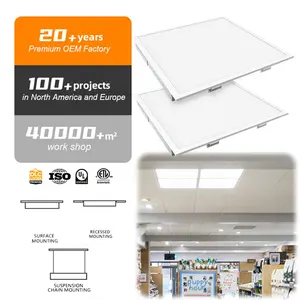







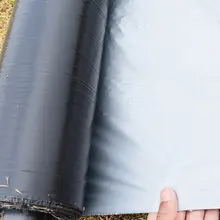








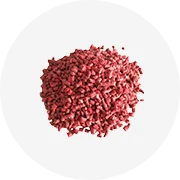
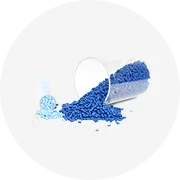
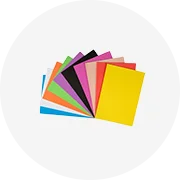
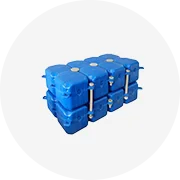
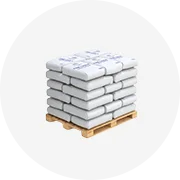
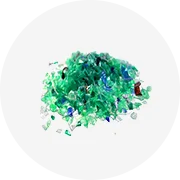
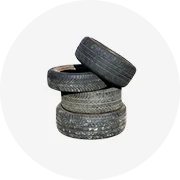
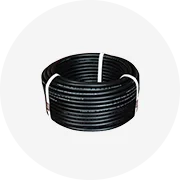

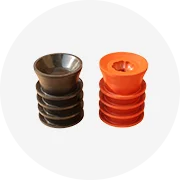








 浙公网安备 33010002000092号
浙公网安备 33010002000092号 浙B2-20120091-4
浙B2-20120091-4